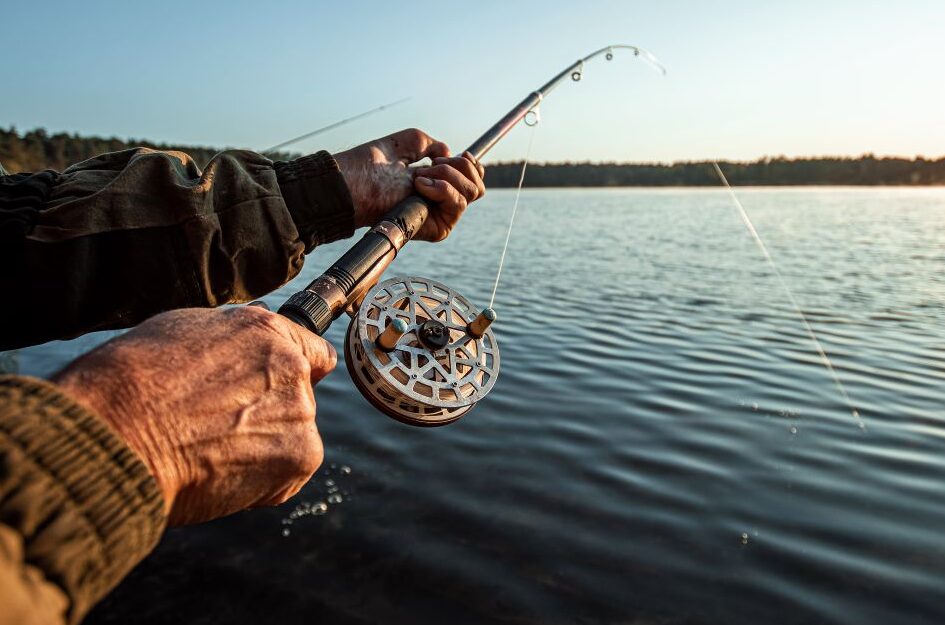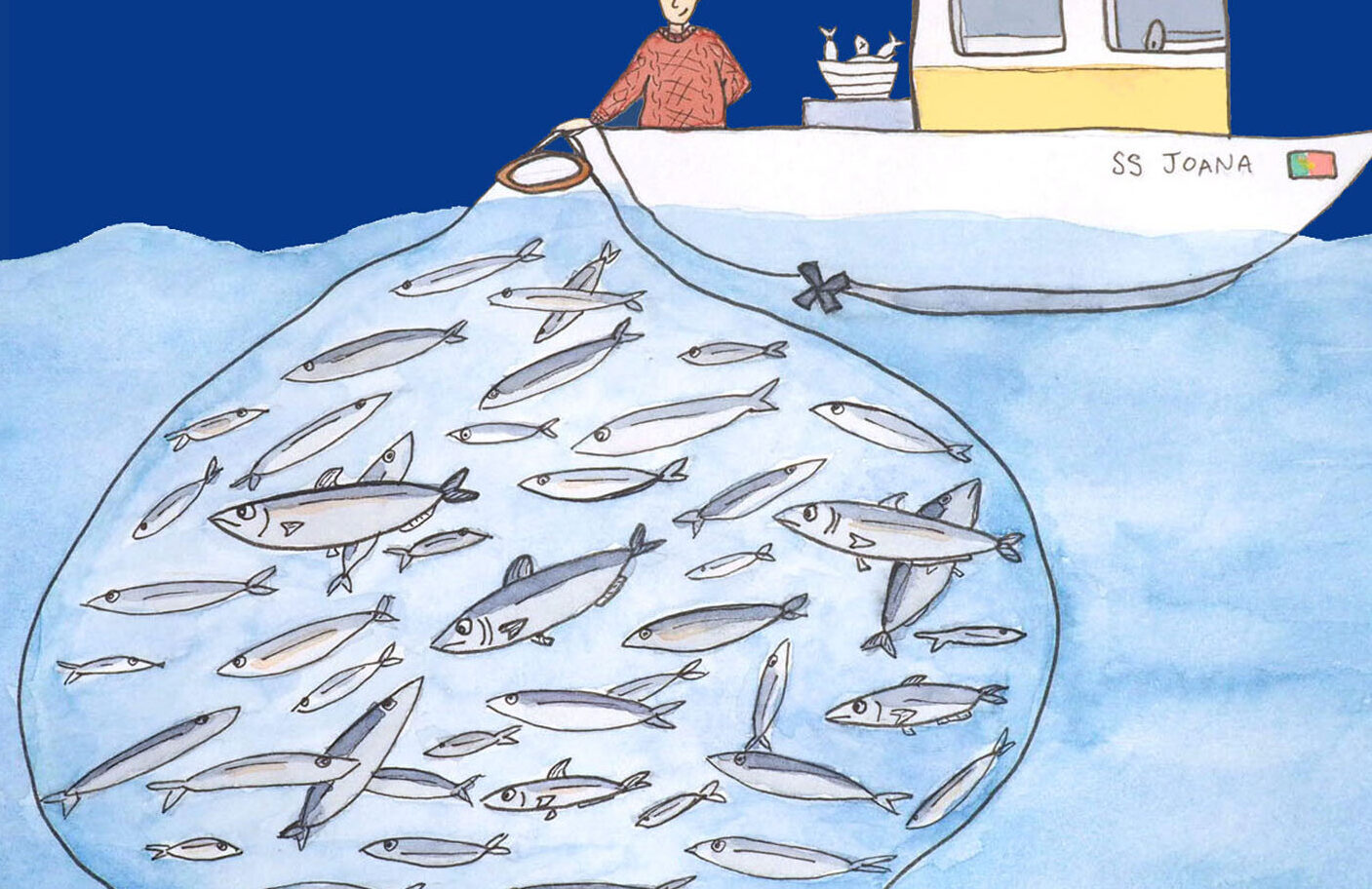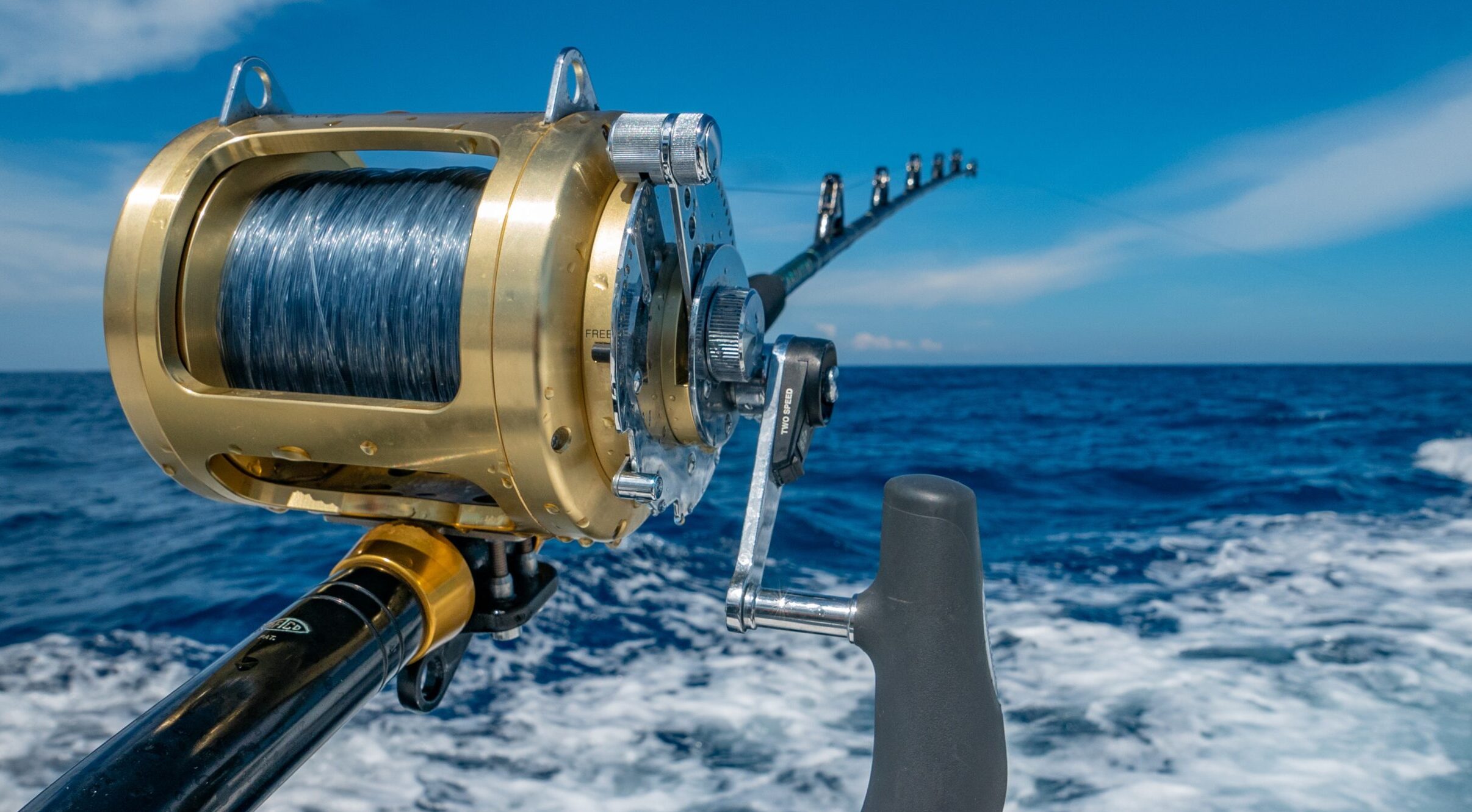When it comes to fishing, having the right apparel and accessories can make a significant difference in one’s comfort and performance. Clothing that provides sun protection and comfort is essential for a successful fishing trip. This includes lightweight, moisture-wicking shirts, breathable pants or shorts, and a hat or visor for sun protection. Polarized sunglasses are also a must-have for reducing glare and improving visibility on the water. Additionally, fishing hats with a wide brim can help keep the sun off the face and neck.
For water fishing, waders and boots are necessary to keep the angler dry and comfortable. Waders come in different materials, including neoprene and breathable fabrics, and can be either chest-high or waist-high. Wading boots should have good traction and be comfortable enough for extended periods of wear. It is important to note that wearing a wading belt is essential for safety when wading in deeper water.
Lastly, having the right accessories can make a significant difference in one’s fishing experience. A fishing net, knife, and forceps/hemostats are essential tools for handling fish. Additionally, a cooler with ice and beverages, snacks, and sunscreen are important for staying comfortable and hydrated during the trip. Overall, having the right fishing apparel and accessories can make a significant difference in one’s comfort and success while fishing.
Fishing Rods and Reels
Fishing rods and reels are essential tools for any angler. There are various types of fishing rods available, including spinning, casting, and fly rods. Spinning rods are the most common and versatile type of rod, suitable for both freshwater and saltwater fishing. Casting rods are designed for heavier lures and baits and are ideal for targeting larger fish species. Fly rods, on the other hand, are designed for fly fishing, a specialized technique that involves casting a lightweight lure made of feathers or synthetic materials.
In addition to fishing rods, anglers also need to select the right type of fishing reel. The three main types of fishing reels are spinning, baitcasting, and spincasting reels. Spinning reels are easy to use and are suitable for beginners and experienced anglers alike. Baitcasting reels are designed for more experienced anglers and are ideal for targeting larger fish species. Spincasting reels are similar to spinning reels but have a closed face, making them easier to use and ideal for beginners.
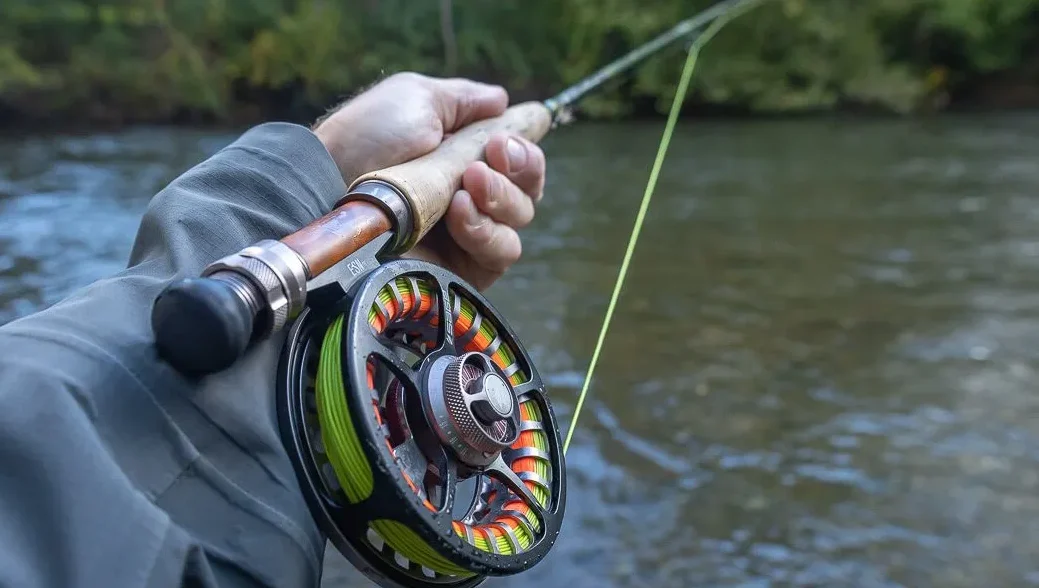
To complete the fishing gear checklist, anglers need to select the right line and lures for the type of fishing they plan to do. Different types of fishing require different types of line and lures. For example, freshwater fishing typically requires lighter line and smaller lures, while saltwater fishing requires heavier line and larger lures. Anglers also need to select the right types of hooks, sinkers, swivels, and bobbers for their fishing needs. A tackle box is also a must-have accessory for storing and organizing all the necessary fishing gear.
Tackle Box Essentials
Hooks and weights are essential items that every angler should have in their tackle box. Hooks come in various sizes and styles, and it’s important to have a selection of different hooks to match the type of fish you’re targeting. Fishing weights are designed to stabilize your line and lower the hook to the desired depth. Weights also help provide more casting distance and allow for better control of the bait. Having a variety of hooks and weights in your tackle box will ensure that you’re prepared for any fishing situation.
Bobbers and floats are also important items that every angler should have in their tackle box. These items hold your bait off the bottom of the lake and indicate when a fish is eating it. Bobbers come in different sizes and shapes, and it’s important to choose the appropriate size based on the depth of the water you’re fishing in. Floats are similar to bobbers but are typically used for fly fishing or in situations where a more subtle presentation is required. Including a variety of bobbers and floats in your tackle box will allow you to adjust your presentation to match the conditions.
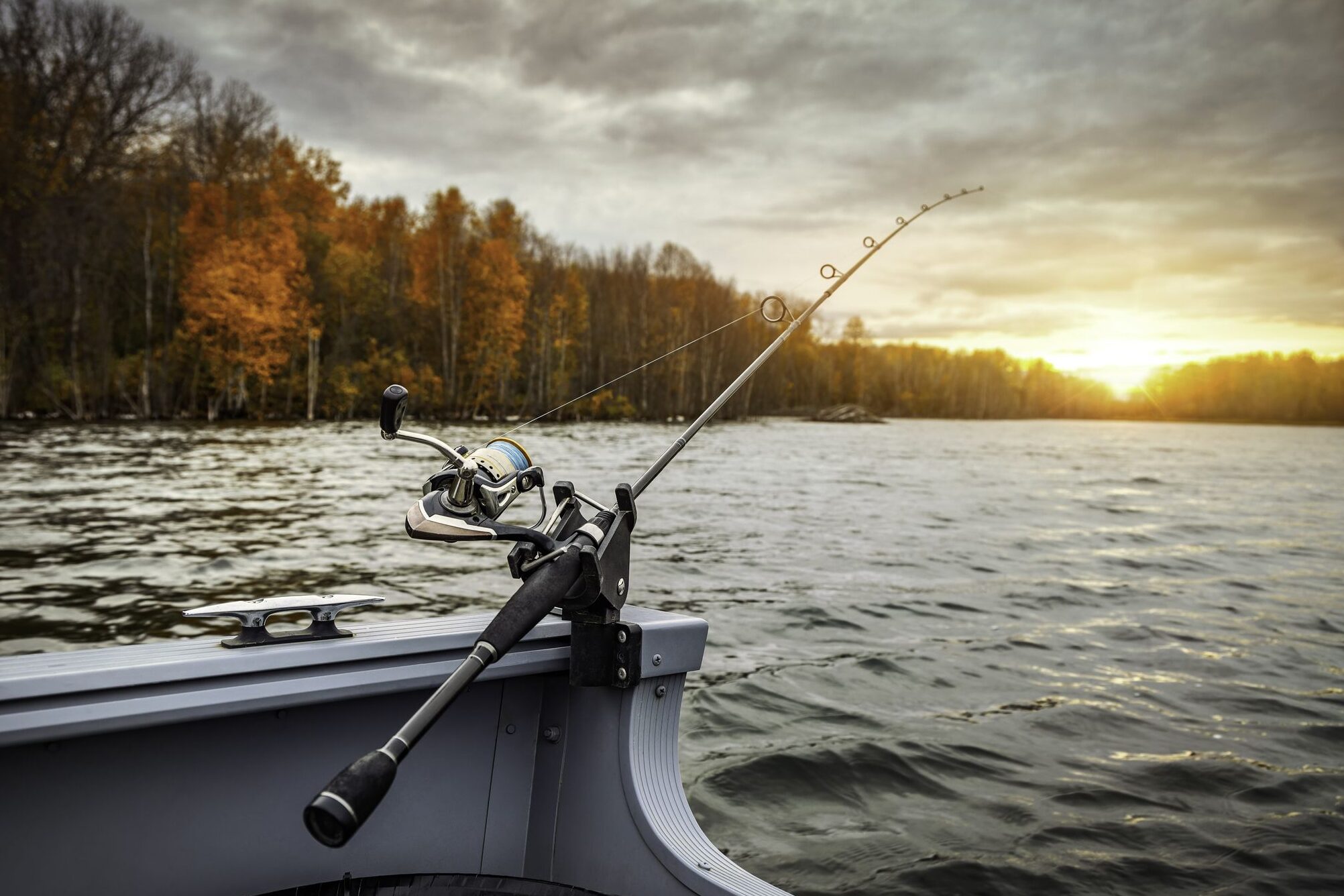
Swivels and snaps are important for attaching your line to your bait or lure. A swivel is a small device that prevents your line from twisting while casting or reeling in your line. A snap is a small clip that allows you to quickly and easily change out your bait or lure. Including a variety of swivels and snaps in your tackle box will allow you to easily switch out your bait or lure and prevent line twists, making your fishing experience more enjoyable. Overall, having these essential items in your tackle box will ensure that you’re prepared for any fishing situation and increase your chances of a successful catch.
Safety and Navigation Equipment
When it comes to fishing, safety should always be a top priority. Therefore, it is essential to have the proper safety and navigation equipment on hand. This includes life jackets or floatation devices, which should be worn at all times while on the water, especially if you are fishing from a boat. Additionally, a first aid kit and emergency supplies should be readily available in case of an accident or injury. GPS and maps are also crucial for navigation, especially if you are fishing in unfamiliar waters. These safety and navigation essentials are a must-have for every angler to ensure a safe and enjoyable fishing experience.
In addition to safety and navigation equipment, there are other essential items that every angler should have in their fishing gear checklist. These include a fishing license, rod and reel, fishing line, tackle box, lures or bait, and a pocket knife or pliers. A cooler with ice, snacks and water, a fishing net, a knife, fillet board, forceps/hemostats, polarized sunglasses, sunscreen, hat, and bug repellent are also important to have on hand. These items will ensure that you are prepared for a successful day of fishing.
Lastly, there are some additional accessories and gear that can enhance your fishing experience. These include a portable fish lip grabber and scale, a super bright LED headlamp, a hook file, fishing gloves, and rose clippers. It is also important to remember to bring along maps, layers, and organize your gear in a tackle bag. By having these additional accessories and gear, you can make your fishing experience more enjoyable and increase your chances of catching a big one.
Miscellaneous Items for a Successful Fishing Trip
In addition to fishing gear, there are several miscellaneous items that are essential for a successful fishing trip. One such item is a cooler for food and drinks. It’s important to stay hydrated and well-fed while out on the water, so packing plenty of water and snacks is crucial. Another important item is insect repellent and sunscreen. Protecting oneself from the sun and pesky bugs can make a day on the water much more enjoyable. Additionally, it’s important to have a valid fishing license and to be aware of local fishing regulations. This information can typically be found online or at a local bait and tackle shop.
It’s also important to have backup fishing supplies in case anything goes wrong or gets lost. This includes extra fishing line, hooks, sinkers, and swivels. Bringing a rain jacket can also come in handy in case of unexpected weather conditions. Furthermore, it’s a good idea to have a fish fillet knife and aluminum fishing pliers for handling and cleaning fish.
Lastly, having a basic understanding of fishing techniques and equipment can greatly enhance one’s fishing experience. This includes having a variety of lures and bait options, such as hard baits, inline spinners, and soft plastics. It’s also important to have a rod and reel that is appropriate for the type of fishing being done, whether it be freshwater or saltwater. By having all of these miscellaneous items and knowledge, anglers can have a more enjoyable and successful fishing trip.
